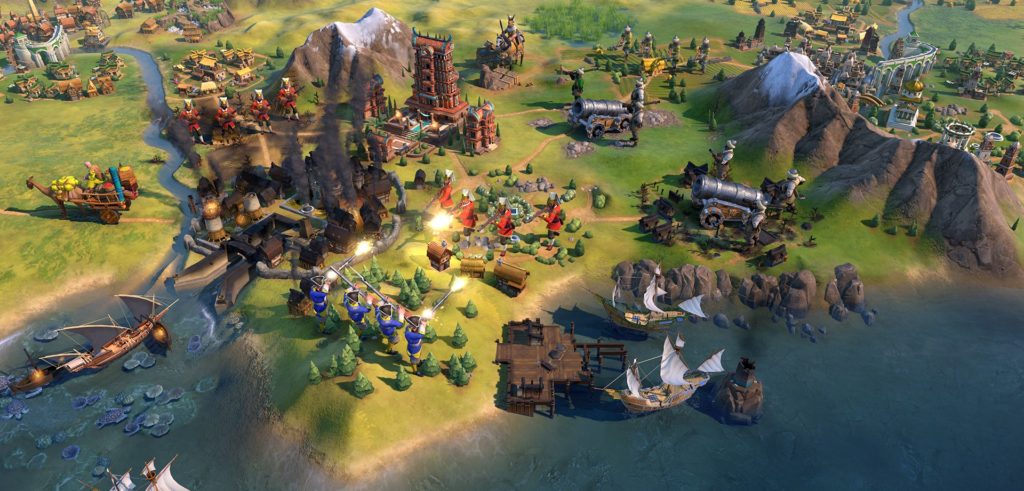

The majority of armed killings occur outside of wars, although armed conflicts continue to generate a high number of deaths.

The Organisation for Economic Co-operation and Development (OECD) estimates that at least 740,000 women, men, young people and children are killed each year by armed violence most of those affected live in poverty. Question: How much does your country of residence spend on arms production and purchases annually?
Civ 6 least warlike free#
Europe as a whole spent $386 billion.ĭata from the Overseas Development Institute () shows that we could deliver free primary and secondary education in all the poor countries around the world for $32 billion per year, this is less than a single week's global military spending. The database of the Stockholm International Peace Research Institute3 shows in 2014 the USA (€610 billion) as the biggest military spender, followed by China (€216 billion) and then three European countries, Russia ($84 billion) the United Kingdom ($60 billion) and France (€62 billion). World military spending is steadily increasing in 2014 the world spent an estimated €1776 billion on the military. The production and export of arms is often encouraged on economic grounds with little con- sideration to the impact on peace and security.

The production and trade in arms and weapons is undoubtedly one of the greatest threats to peace, not least because of the economic, financial and social dimensions of arms production. Military spending, arms trade and violence More information about the effects of armed conflicts can be found in War and Terrorism and in various other sections of this manual. What follows are some examples about different forms of violence worldwide. Yet these forms of violence are rarely recognised as violations of human rights. Lower education opportunities in disadvantaged neighbourhoods, limited access to leisure for foreigners, harmful working conditions in certain fields of work, and so on, are acts of structural and cultural violence which have a direct influence on people's access to their rights. This type of violence lasts longer, thus eventually having similar consequences as direct violence, or, in some cases, even leading to the oppressed using direct violence as a response. Structural and cultural forms of violence are often deeply impregnated in societies to the point of being perceived as inherent. Violence places a massive burden on national economies in health care, law enforcement and lost productivity. For every person who dies as a result of violence, many more are injured and suffer from a range of physical, sexual, reproductive and mental health problems. Today's human rights violations are the causes of tomorrow's conflicts.Įach year, more than 1.6 million people worldwide lose their lives to violence. Question: Are direct, structural and/or cultural violence present in your community? How? the devaluing and destruction of particular human identities and ways of life, the violence of sexism, ethnocentrism, racism and colonial ideologies, and other forms of moral exclusion that rationalise aggression, domination, inequity, and oppression. poverty and deprivation of basic resources and access to rights oppressive systems that enslave, intimidate, and abuse dissenters as well as the poor, powerless and marginalised physical or behavioural violence such as war, bullying, domestic violence, exclusion or torture Structural violence results from unjust and inequitable social and economic structures and manifesting itself in for example, poverty and deprivation of all kinds.įorms of violence can be categorised in many ways.


 0 kommentar(er)
0 kommentar(er)
